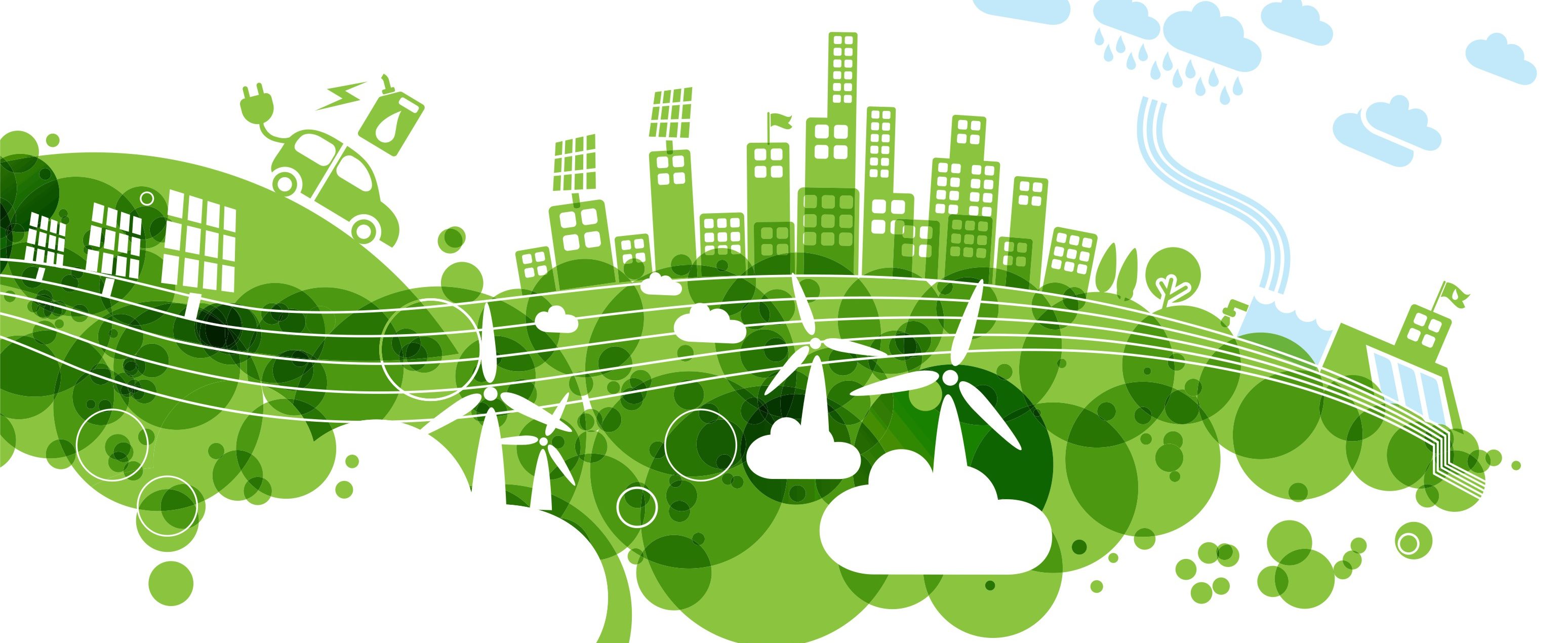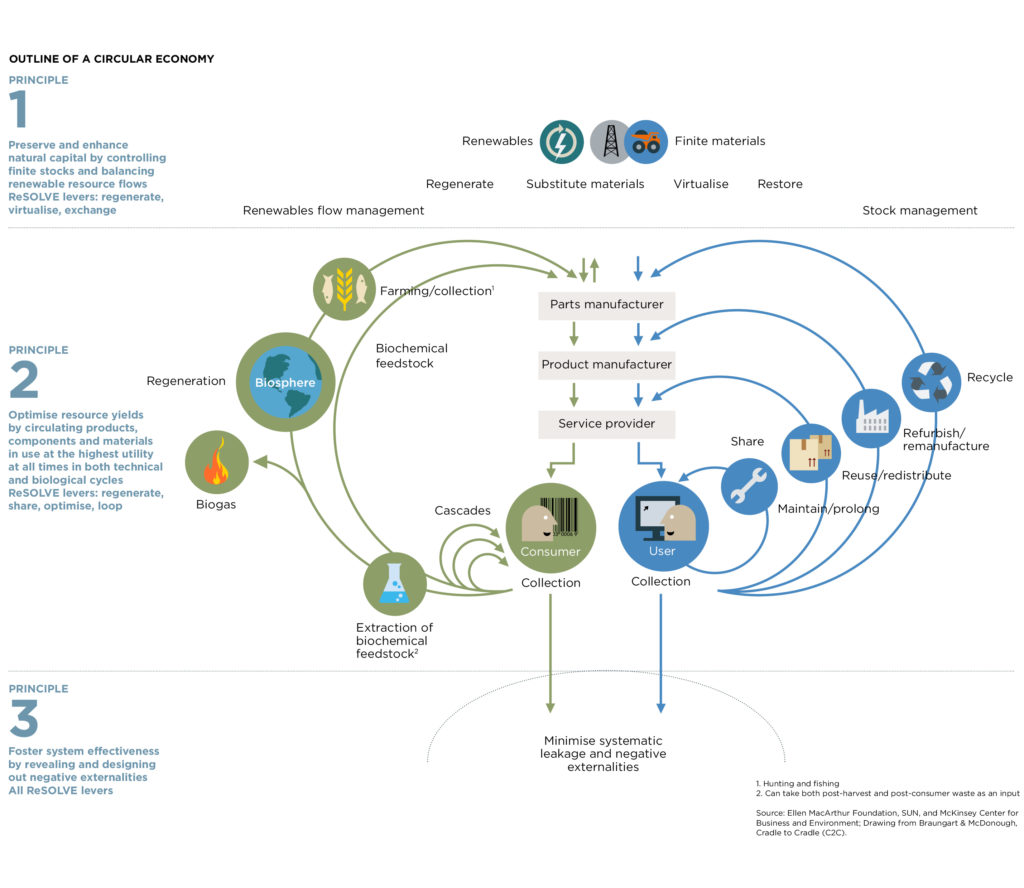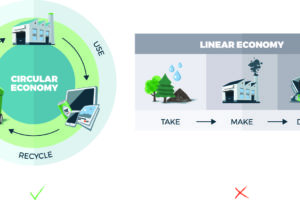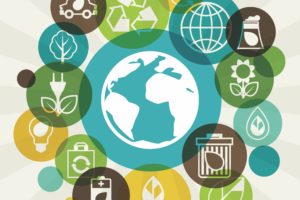Up until now, Leasing & Asset Finance for businesses has predominantly been about the tax and cashflow advantages it offers; and these benefits are not under question. However, Asset Finance as an industry is in a prime position to drive adoption towards the circular economy and hence there is a growing need for Leasing & Asset Finance to strategise circular economy in their business model and also as an industry to promote and market towards a circular economy.
In this post, we will look at the following:
-
Synergies between the Circular Economy and the Asset Finance industry
-
Growth opportunities for Asset Finance in a circular economy
-
Business models of growth in a circular economy
Synergies between Circular economy & Asset Finance
The diagram below represents the outline of a circular economy:
To see how Asset Finance plays a key role in the above circular economy system diagram, let’s start with the fundamental definition of a lease.
“A lease is a contract whereby one party, the lessor, grants the right to use a particular good for a period to the other party, the lessee (or tenant), which will pay for the transfer of the right to use a fixed amount regularly.[1]”
Simplifying the myriad of financial products that exist within the Leasing & Asset Finance industry, we can broadly classify them as:
•Agreements which have a clear purchase intention/arrangement of the asset at the start by the customer (Lessee), e.g. Hire Purchase & the likes which essentially is financing the ownership in which the asset is purely a guarantee until the customer (Lessee) pays the financed amount.
•Agreements which have no purchase intention of the asset by the customer (Lessee) and are paying their rentals for the right to the use the asset during the period of the agreement; ultimate ownership lies with the Asset finance provider/partnership.
In the context of the circular economy, it is the latter category (agreements which are for the right of use rather than ownership) that is of interest to us.
Leasing & Asset Finance perfectly fits within a circular economy (and in fact drives the Circular Economy) to effectively manage the middle and pivotal layer in the system diagram above and is engrained in the Asset Finance lifecycle.
Based on the type of Lessor, in a lease arrangement some or most of the circular economy elements such as Share, Maintain & prolong, Re-use, Redistribute, Refurbish/remanufacture, Recycle are either provided by the Asset Finance companies or facilitated by them through partnerships.
Through the natural synergy, as an industry, Asset Finance plays a key role in driving the adoption towards a circular economy.
Growth opportunities for Asset Finance in a Circular economy
In our previous blog post, we discussed the detrimental effects of a linear economy due to, and contributing to, resource constraints and that the linear economy as “business-as-usual” cannot continue.
Research and analysis by Accenture (Book: “Waste to Wealth”) reveal that by 2030 the linear growth model’s inability to deal with growing demand for resources will result in a gap of eight billion tones between the supply of and demand for constrained natural resources. This, according to the analysis, translates to $4.5 trillion of lost growth by 2030, ballooning to $25 trillion by 2050, highlighting the magnitude of the potential that a circular economy has on growth.
Now if we could look at the potential opportunity for Leasing & Asset Finance, at a high level, we can group them as below:
1. Financing: Businesses across industries small to large would need financing to transform their current business models towards a circular economy, and financing this business transformation presents a significant opportunity for both traditional forms of financing via bank,s but also alternative finance such as Asset Finance mainly for the small to medium businesses (SMB);
2. Increased sales (New and Used equipment): As indicated in the circular business models for growth, when more manufacturers move towards “Circular Supply-chain” and modular design, product/asset valuation and its economic life will have a significant positive redefinition.
In turn, this can result in Asset finance offering a better value proposition even for consumers (B2C sector) through better pricing based on usage rather than ownership, better value via leasing used/refurbished assets, upgrades and add-on service & maintenance.
And for businesses (B2B sector) added to the above value proposition, the current positioning of better cash flow and tax advantages makes the Asset Finance position even stronger.
3. Strategic growth & partnerships: “Circular Supply-chain” business model, modular design and technology-enabled smart Assets, combined with the mindset shift for customers towards “Use rather than own”, in turn, could result in growth for “Product as a service” business model.
Transformation to “Product as a service” business model, will result in more manufacturers wanting to retain ownership, in turn resulting in either having its financing arm (Captive) or forge strategic partnerships with other Bank-owned, Fintech and Independent Asset Finance companies. This as a go-to-market strategy has the potential to offer a true financing solution for customers where the Asset is only a part of the overall package.
Captive growth and strategic partnerships have the potential to transform Asset Finance as an industry to a true partnership model. Asset and its data owned by the manufacturer and Finance as a servicing platform to the customers to share the benefits and profits all the way through from manufacturers to the customers through strategic partners.
Circular economy – Business models for growth
If we look at key business models of growth in a circular economy[2]:
•Circular Supply-chain: Introduces fully renewable, recyclable, biodegradable materials that can be used as raw materials in consecutive lifecycles to reduce costs and increase predictability and control;
•Product life-extension: Seeks to maintain and improve products through service & maintenance, repairs, upgrades, refurbishments, remanufacturing or remarketing;
•Sharing platform: Model increasingly enabled by new forms of digital technology forging new relationships and business opportunities for consumers, companies and micro-entrepreneurs who rent, share, swap or lend their idle goods;
•Recovery & Recycling: Creates production and consumption systems in which everything that used to be considered waste is revived for other uses. Recovery of end-of-life products to recapture and reuse valuable material, energy and components or reclaim waste and by-products from a production process;
•Product as a service: Model where the total cost of ownership lies with the manufacturer or retailer and consumers only pay for its use as needed and this immediately shifts the focus to longevity, reliability, reusability of the product & customer relationship
In the next post of this blog series, we will look at the some of the key elements in the end to end Asset Finance lifecycle that would have greater significance in the above business models for growth in a Circular economy. Follow us on LinkedIn and Twitter to stay tuned!
___________________________________________________________________________
[1] What is a Lease. Available: https://www.reviso.com/accountingsoftware/accounting-words/leasing [Mar 28, 2018].
[2] As identified in LACY, P. and RUTQVIST, J.,1982- author., 2015. Waste to wealth: the circular economy advantage. Basingstoke, Hampshire: Palgrave Macmillan.
References:
Circular economy system diagram – Ellen MacArthur Foundation. https://www.ellenmacarthurfoundation.org/circular-economy/interactive-diagram. Accessed Feb 26, 2018.
LACY, P. and RUTQVIST, J.,1982- author., 2015. Waste to wealth: the circular economy advantage. Basingstoke, Hampshire: Palgrave Macmillan.
Call to promote ‘circular economy’. Available: https://www.assetfinanceinternational.com/index.php/equipment-finance/news-americas-2/13077-call-to-promote-circular-economy[Mar 23, 2018].
Media Advisory: WWF’s 2016 Living Planet Report. 2016. COMTEX News Network, Inc.






